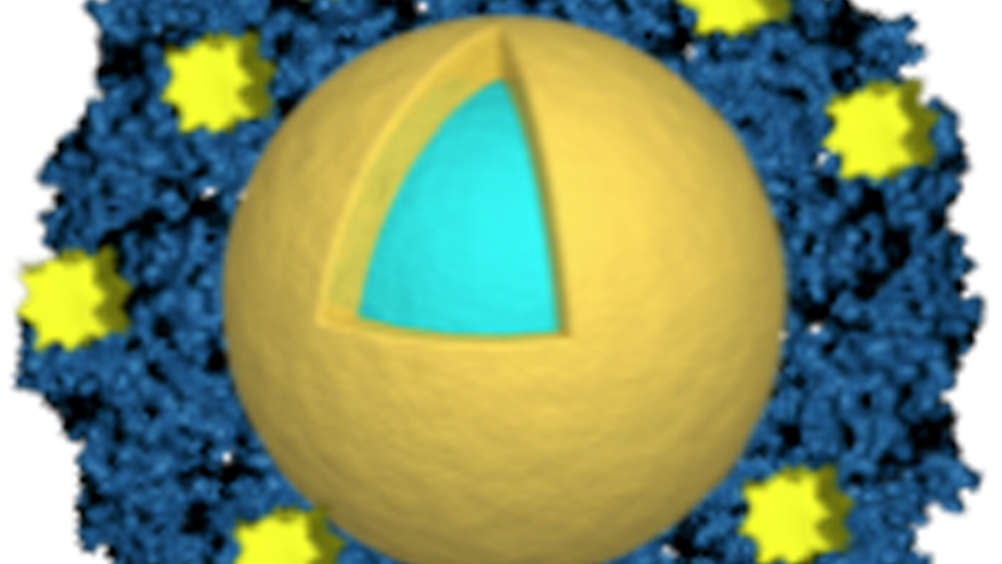“Trojan horse” nanoshells offer hope for more effective cancer treatment
Combining nanoshells - laser-activated drug-loaded particles - with white blood cells could carry chemotherapy agents into tumours to reduce side-effects

One of the difficulties of treating cancer is getting drugs into tumour cells. Chemotherapy agents tend to get pushed out rather than being drawn in, so dosage levels have to be high for the treatment to be effective. As the drugs are often toxic, this leads to nausea and other harmful side effects. Researchers at Rice University in Houston, Texas are working on a strategy that promises to use the immune system to send tiny hollow particles loaded with drugs deep into tumours where they can be activated with a laser, releasing their payload exactly where needed and nowhere else.
The technique uses gold nanoshells — spheres of glass about a tenth of the size of red blood cells, coated with a thin shell of gold. Invented at Rice in the 1990s by engineer, chemist and physicist Naomi Halas, they can be loaded on their exteriors with drug active ingredients then released into cells. The drugs remain attached to the gold surface until the shells are activated with light; a near-infrared laser, capable of harmlessly penetrating living tissue, which heats up the nanoshell causing its load to detach and get to work inside the cell.
Register now to continue reading
Thanks for visiting The Engineer. You’ve now reached your monthly limit of news stories. Register for free to unlock unlimited access to all of our news coverage, as well as premium content including opinion, in-depth features and special reports.
Benefits of registering
-
In-depth insights and coverage of key emerging trends
-
Unrestricted access to special reports throughout the year
-
Daily technology news delivered straight to your inbox










Hornsea 4 wind farm axed by Ørsted
Sounds like a job for Greta British Energy. IF it actually had staff. Or a business. Or manufacturing capabilities. Or access to the manifest promised...